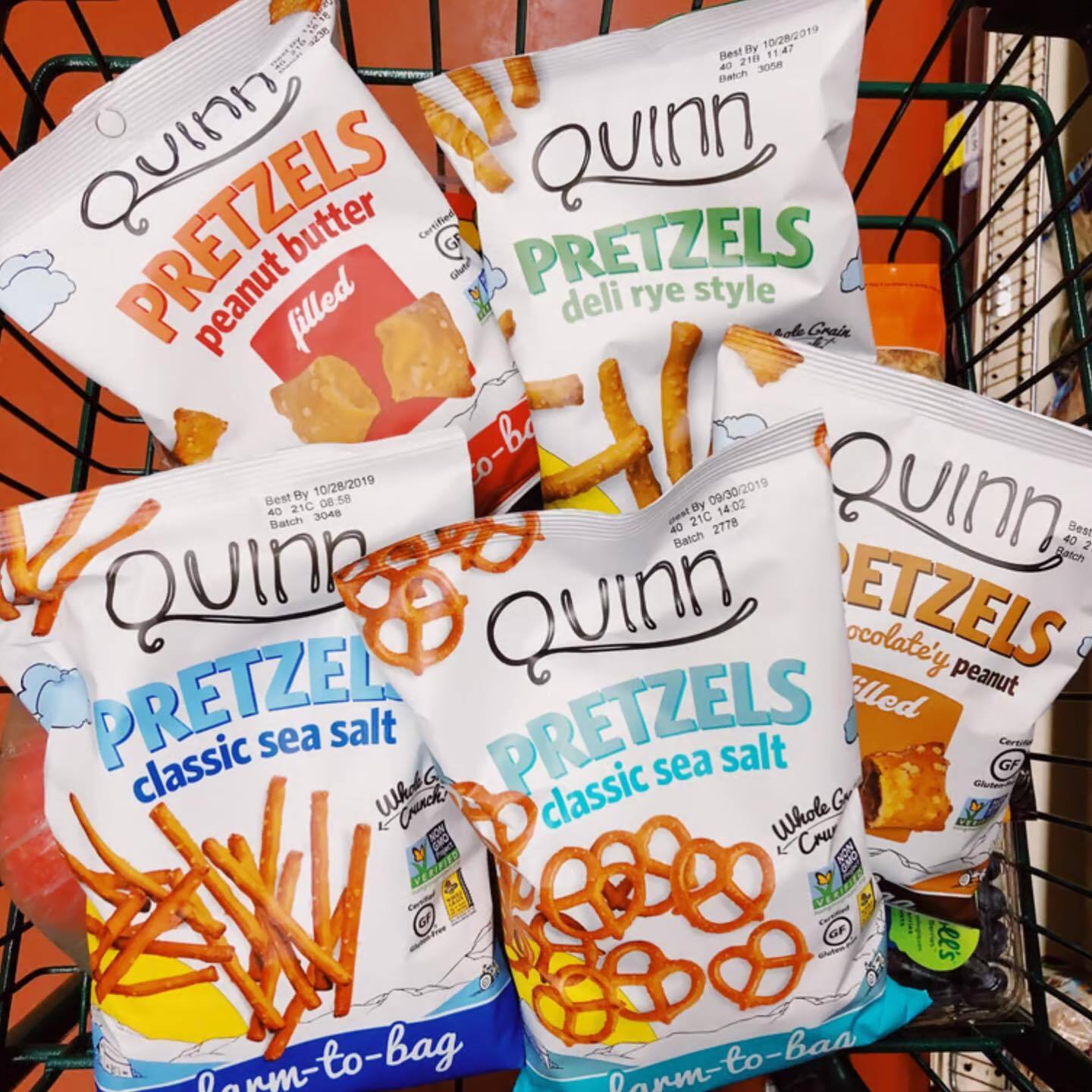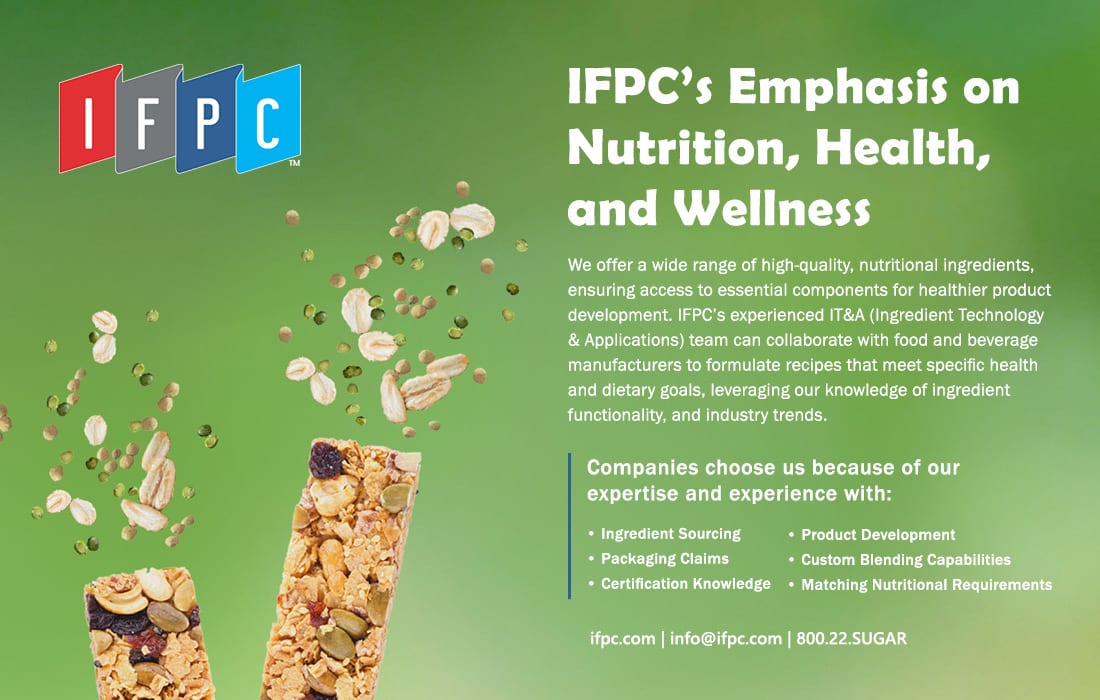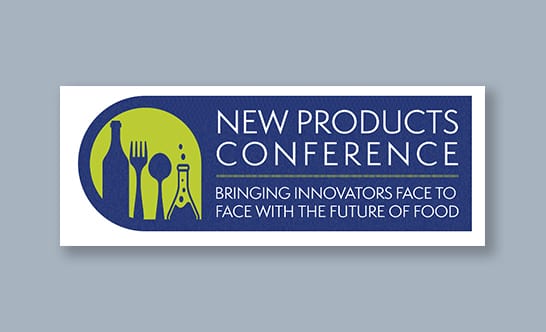Sustainability
Trends
How do consumers approach sustainability? How are processors responding? Two experts sound off on what to expect in 2024.
Less is More
Each year, New York University’s Stern Center for Sustainable Business (CSB) partners with Circana (formerly IRI) to examine consumer purchases of sustainability-marketed consumer packaged goods (CPG). Last March, the partners released their fourth annual report, which summarized 2022 consumer insights and behaviors data.
For a look ahead at sustainability in 2024, Prepared Foods reached out here to Randi Kronthal-Sacco, Senior Scholar, NYU Stern Center for Sustainable Business; and Doug Yolen, Circana’s Vice President, Food & Beverage, Media Center of Excellence.
Nestlé announced plans to help bring regenerative agriculture practices to wheat farms within its DIGIORNO supply chain, with goals of improving soil, using less water, energy and fertilizer, and reducing impacts of climate change. Officials said new initiatives—involving two primary wheat suppliers—will bring regenerative agriculture practices to more than 100,000 acres of farmland. Nestlé says the move accelerates its supply chain transition to regenerative agriculture. Photo courtesy of: Nestlé USA
Doug Yolen
Vice President, Food & Beverage, Media Center of Excellence
Circana

Randi Kronthal-Sacco
Senior Scholar
NYU Stern Center for Sustainable Business

Prepared Foods: Before we talk 2024, let’s quickly look back on 2023. In your opinion, did consumer attitudes or behaviors shift in regard to foods or drinks with sustainable benefits?
Doug Yolen: In Circana’s August “mid-year” look, we reviewed 16 food and beverage categories. We saw that attributes like “Non-GMO,” “Sustainability Certified,” “Ethical,” and “Organic” continued to grow in dollar share and penetration. They also continue to command a larger price premium.
One attribute that jumped out in this recent pull of data involves a processor’s use of (and reference to) renewable energy. It has not taken the same price premium that other attributes have, but does have positive dollar sales growth. With current events it’s clear that the world has become more global and these attributes—ones that are not only focused on health benefits for the individual consuming the product (organic, for example)—may see more growth in the future.

Kraft Heinz Company’s 2023 Environmental Social Governance Report covered progress across multiple fronts, including packaging. To meet the company's net zero ambitions it partnered with Pulpex Ltd., Cambridge, UK for HEINZ Tomato Ketchup. Officials say the result is a paper-based, renewable and recyclable bottle made from 100% sustainably sourced wood pulp. Photo courtesy of The Kraft Heinz Company
PF: We asked about consumer behaviors. Any other evidence of food and beverage companies themselves ramping up their related efforts or communication?
Randi Kronthal-Sacco: I didn’t see significant progress in food and beverage during the last year as measured by consumer purchasing metrics. Specifically, I’m thinking of transactional data from Circana relating to products with sustainable claims made on pack, or in advertising. In fact, I saw more movement in the non-edibles category. However, this still creates an opportunity for competitive advantage and, of course, we’re thrilled to see Circana's mid-year analysis.
PF: In your opinion, what might change most during 2024 in regard to consumers’ sustainability-related attitudes or buying behaviors?
Kronthal-Sacco: I’ll note that NYU Stern CSB has partnered with GlobeScan, a global polling and insights firm, to address this. In addition, we’ve found that almost one-third of U.S. consumers have personally experienced a climate related event in the past year and they also list sustainability concerns as of utmost importance. As a result, I expect consumers will be putting pressure on brands and retailers. Plastic and plastic packaging will continue to be an issue.
I also believe that worry about water availability will only increase as it relates to both personal consumption and agriculture use. Ultimately, how that will impact consumer buying remains to be seen. I also would be remiss not to mention regulations coming out of EU and California intended to ensure that brands and companies become better stewards.

Snack maker Quinn Foods has an “Ingredient Transparency” policy and lets online consumer-customers see and link to each of its ingredient suppliers. Photo courtesy: Quinn Foods LLC
PF: We routinely see sustainability claims and activities seemingly break out into four areas. Two areas involve ingredients that are either upcycled or connected to regenerative agriculture. A third related area is even broader as processors emphasize sourcing with activities related to overall farm-to-table transparency as well as ethical and responsible sourcing. Lastly, packaging remains a key area of activity and interest. Looking ahead, would you predict more processor activity in any one of these particular areas?
Kronthal-Sacco: We know from our recent study in partnership with Edelman that sustainable sourcing is compelling to consumers and all four of these buckets fall under that overarching term. The question for brands is how do you execute?
Ingredient upcycling is incredibly important as it relates to food waste, which is reported to be about 40% in the supply chain. We know that consumers want 100% recycled (not recyclable) packaging and that all other claims are far less compelling. All food companies recognize the importance of regenerative agriculture to ensure the future of our food supply and the data from our messaging study says consumers want brands to partner with their local farmers to deliver this. And regarding overall transparency, companies need to not only focus on their immediate supply chains but also their related vendor-suppliers who largely don’t understand the benefits around risk mitigation, innovation, etc.
PF: What would you say to food and beverage processors looking to improve sustainable product appeal in 2024?
Kronthal-Sacco: First and foremost, communicate both your category “reason for being” AND your sustainability benefit. This will strengthen your positioning and bring in more new audiences. Our recent messaging study suggests that sustainability claims adds between 24 to 33 percentage points of interest to your core category message. And early sales lift work by Circana suggests that sustainability messages not only drive sales lift, but brings in the younger portion of your target audience. I am amazed at how few companies (other than those “born green”) communicate their sustainability benefits when they are in fact a sustainable player.
Second, I’d say to focus communication on the old marketing adage, “WIFM” (What’s in it for Me?). Make the message personal to the consumer. Finally, I’d add that you should not “greenwash” or else there will be even greater oversight on sustainability claims. So, be authentic. PF



